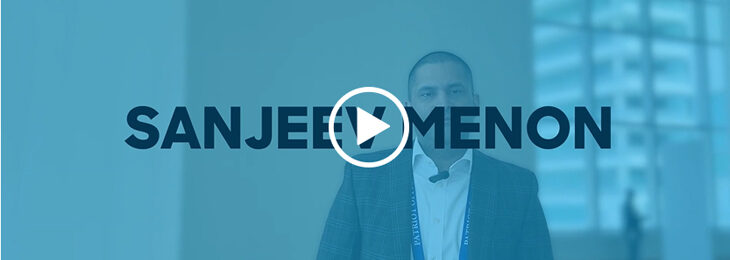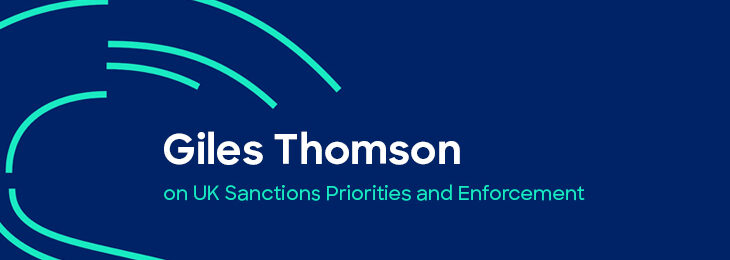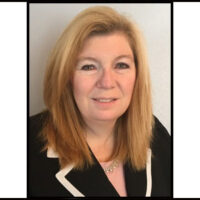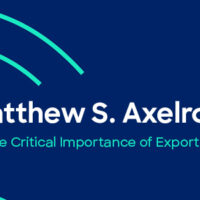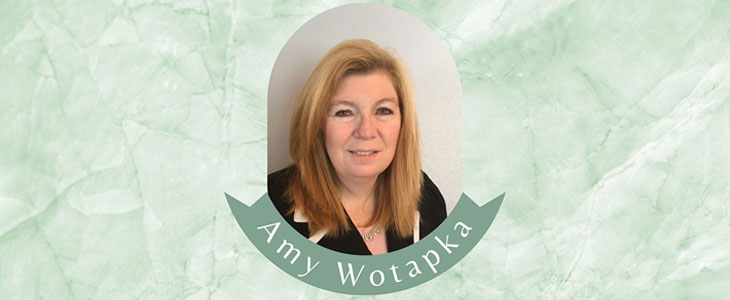
Anti-financial crime (AFC) guru Amy Wotapka, CAMS, CRCM, CFE, CIPP, FCRA, CQIA, is a lifelong banker with over 20 years in the AFC industry and a champion for other AFC professionals. Beginning her career as a suspicious activity investigator, Wotapka now serves as Bank Secrecy Act (BSA) and Office of Foreign Assets Control (OFAC) officer for First American Bank, a $5 billion privately held financial institution (FI) with offices in Wisconsin, Illinois and Florida. A longtime member of ACAMS, Wotapka is passionate about sharing knowledge, serving as the current ACAMS Today Editorial Committee co-chair and authoring numerous articles for the magazine. Wotapka has enjoyed the opportunity to present for ACAMS at conferences and webinars on a variety of topics. She is a founding member of the Richmond ACAMS Chapter (now the Virginia Chapter).
Question 1: When it comes to AML/BSA and sanctions compliance, access to information and information sharing are paramount. What are some of the best practices you can share on building enduring partnerships to include those between the public and private sectors?
Amy Wotapka (AW): For a partnership to flourish, it should be mutually beneficial. FI representatives should offer to provide training or to create job aids for their law enforcement (LE) partners. Reach out often to your partners so that you stay “top of mind.” Ask LE partners about local crime trends and what information they need in suspicious activity report (SAR) narratives. By questioning one partner, I found that some LE officers don’t receive the entire SAR, so repeating critical information in the narrative is crucial to their understanding of the report. In addition, read Lauren Kohr’s article, "The Building Blocks of an Effective Public-Private Partnership.”1 Lauren has spent years studying the topic.
Question 2: Has the industry really evolved, or have we just created a cottage industry proving all the detailed tasks and proof points, audit and regulator exhibits? Why do it in three steps if 10 steps make people more comfortable?
AW: This question is worthy of a book and I’m not sure I can do it justice here, but I will try. Speaking from the perspective of a banker, certain parts of the industry have evolved—monitoring technology, efficiencies gained from technology (anyone remember mailing disks with SARs to the Financial Crimes Enforcement Network?), and legally sharing information between FIs. But overall, I believe our industry is slow to effect positive change. Something as “simple” as raising or lowering thresholds on SARs and currency transaction reports takes years to study and enact. These delays result in FIs doing the same old same old with the same old same old results. I look forward to changes emanating from the Anti-Money Laundering Act of 2020—especially those requiring us to focus on “effectiveness.”
Question 3: What steps can FIs take to encourage more information sharing between FIs?
AW: Phone calls, phone calls and more phone calls. So much more information can be gained from a conversation than an email. In a conversation, you can ask follow-up questions. Also, people may be more willing to share when sharing verbally as opposed to in writing. I read a chronicle by David Caruso recently where he mentioned receiving statements under a 314(b) in the early 2000s. What a simpler world it was. I doubt many FIs would send customer statements today in response to a 314(b) request—but wouldn’t it be great if they did?
Question 4: How and why are rising interest rates leading to an increase in fraud schemes?
AW: I am not a fraud expert, but I will hazard a guess—financial hardship. As interest rates rise, the minimum payment amounts on outstanding debt with variable interest rates (like credit cards and home equity lines) rise. Many folks living paycheck to paycheck may not be able to pay the higher payments. Also, other non-variable items that are financed (like homes and vehicles) become harder to attain because they have higher payments, so people may need higher down payments to qualify. With limited options, people who wouldn’t normally turn to crime turn to fraud as a means to get needed funds. Then, you have bad guys who just prey on folks in financial hardship. These folks need a way out of the hardship; a fraudster offers a path to financial freedom and boom—another victim.
Question 5: What are the most important red flags FIs should look out for when dealing with higher risk customers?
AW: Each category of higher risk customer comes with its own red flags. My tip is to put yourself in the customer’s position. Would you (as a law-abiding citizen) be conducting the transaction in the manner and dollar amount of the customer? If yes, document the cause and move on. If not or if you have doubts, you’ll want to open a case/investigation. Read my article in the current issue of ACAMS Today titled “Better Investigations Through the Five Whys Method”2 for a way to determine if you’ve dug deep enough into the potentially suspicious activity.
Question 6: Artificial intelligence (AI) offers valuable benefits for identifying customer risk, but in your opinion, is there a danger of FIs over-relying on AI?
AW: Yes, full stop. There is no replacement for the “gut instinct” of a financial crimes investigator. In addition, the investigator can bring insights into a case that AI won’t. For example, AI likely would not uncover check alterations like variances in signatures or the addition of a payee in a different handwriting or ink. You know the saying “two heads are better than one”? Imagine putting no “head” into a review/investigation—the risk to an organization is immense. Think about something “simple,” like structuring. Not every $9,900 deposit is structured—it takes speaking with a customer to determine intent—something AI is not able to do.
Question 7: What AFC/money laundering trends have you noticed emerging in the past year or so?
AW: Check fraud—specifically check washing. Who would have thought, with the technological advancements we’ve had in the past 20 years, that check fraud would be our nemesis today? Not me. Customers who might not normally be victims of fraud become victims simply because their mail was intercepted. And various affinity-type frauds are also prevalent (romance scams, work-from-home scams, elder financial exploitation). It’s nearly impossible to stop people from clicking on links they shouldn’t, let alone try to distinguish between an artificially generated “person” and a real person today. Computers should come with mandatory info-security training modules that must be completed prior to initiating the computer. Then annually thereafter. I’ll take this opportunity to send thanks to the multitudes of individuals in FIs, vendors, industry organizations like ACAMS and consumer groups who spend countless hours in educational outreach trying to stem the flow of fraud-related victims.
Amy Wotapka, CAMS, BSA and OFAC officer, First American Bank, USA
- Lauren Kohr, “The Building Blocks of an Effective Public-Private Partnership,” ACAMS Today June-August 2020, July 7, 2020, https://www.acamstoday.org/the-building-blocks-of-an-effective-public-private-partnership/
- Amy Wotapka, “Better Investigations Through the Five Whys Method,” ACAMS Today September-November 2023, September 13, 2023, https://www.acamstoday.org/better-investigations-through-the-five-whys-method/


